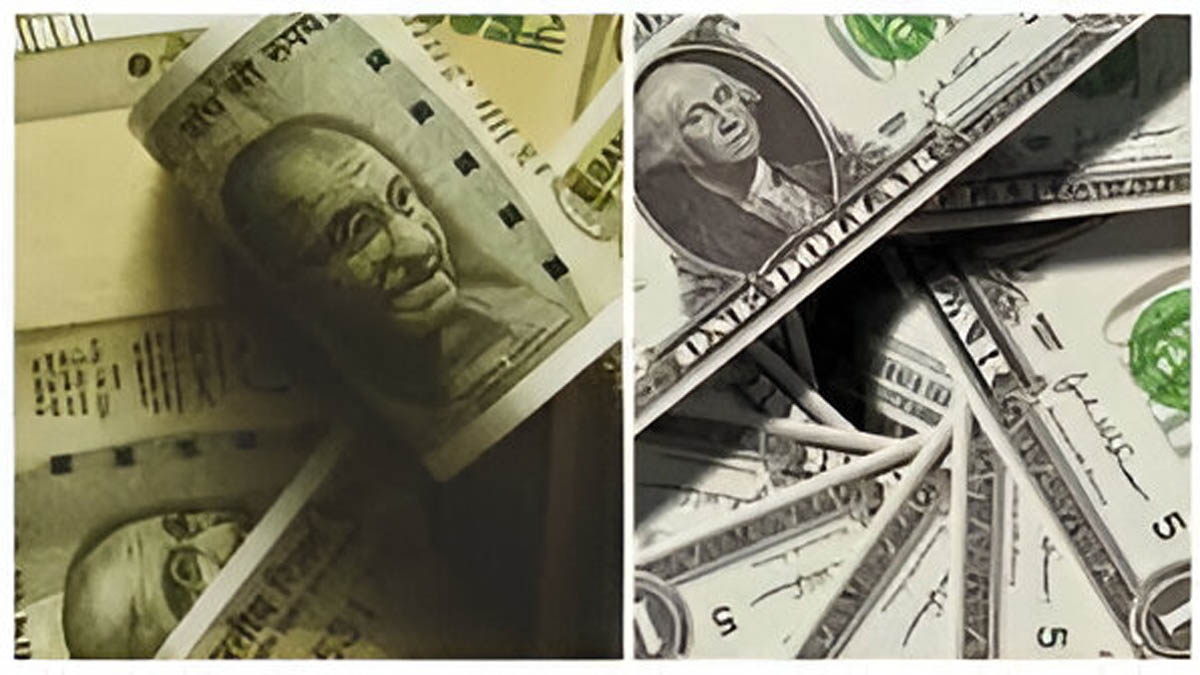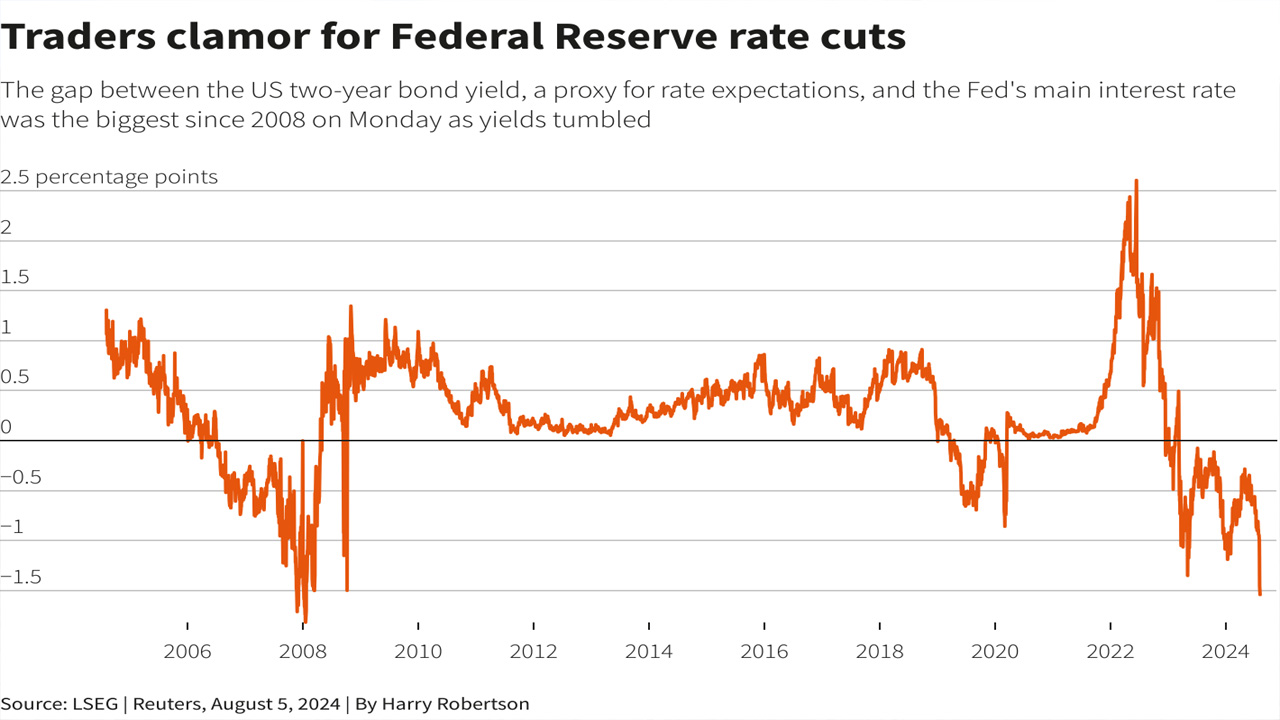The relentless nine-week winning streak for gold, which propelled the precious metal to successive all-time highs, is poised to come to an end this week. After an extraordinary run fueled
All posts tagged in US dollar
Gold and silver prices in India saw a moderate decline on Thursday, October 23, as a wave of global profit-booking and a slight easing of geopolitical tensions prompted investors to
The Indian Rupee began Thursday’s trading session 16 paise down, opening at 85.53 against the US Dollar. This dip in the domestic currency can be largely attributed to the strengthening
The Indian rupee is poised for a crucial week, where its trajectory will be heavily influenced by the US dollar’s performance, the global reaction to potential tariff implementations, and domestic
Gold prices experienced a volatile trading session on Tuesday, surging to a new all-time high before retreating significantly as investors braced for Federal Reserve Chair Jerome Powell’s testimony later in
The Indian rupee is poised for further appreciation against the US dollar, driven by a wave of dollar-long position liquidations spurred by the Reserve Bank of India’s (RBI) recent interventions
Rupee Slumps: The Indian rupee has hit a new low against the US dollar, breaching the 85 mark for the first time, following the Federal Reserve’s (Fed) latest policy statement.












